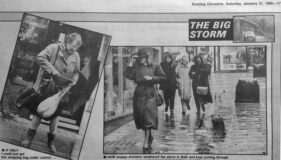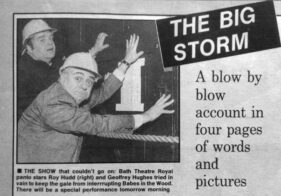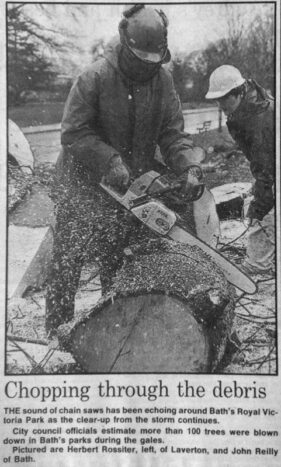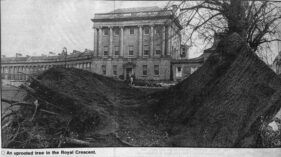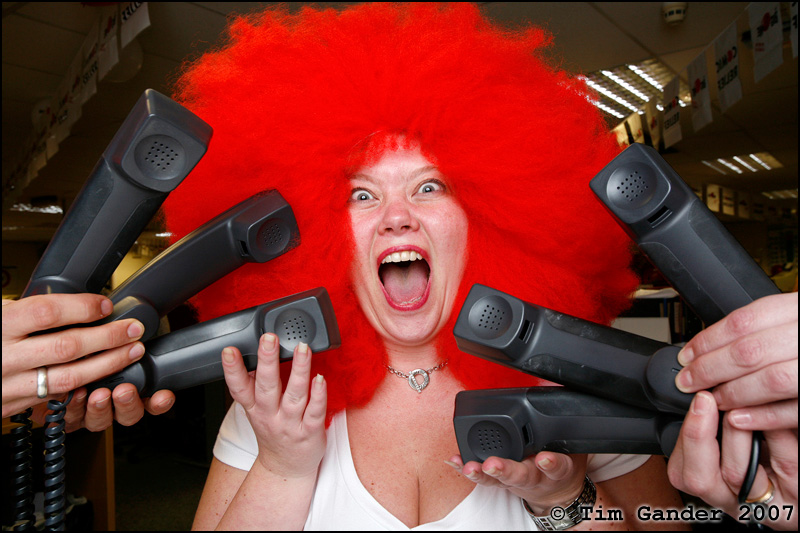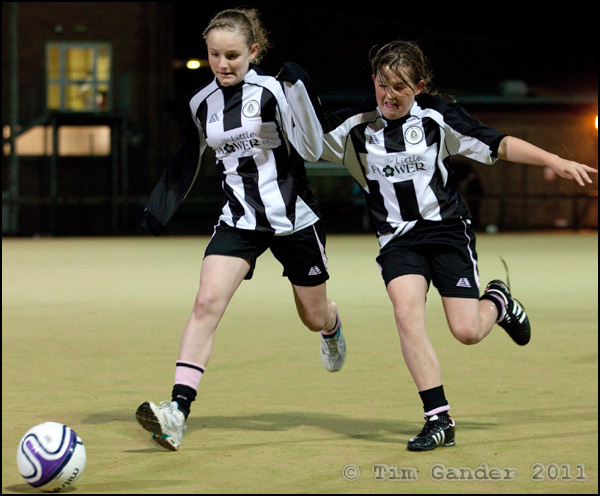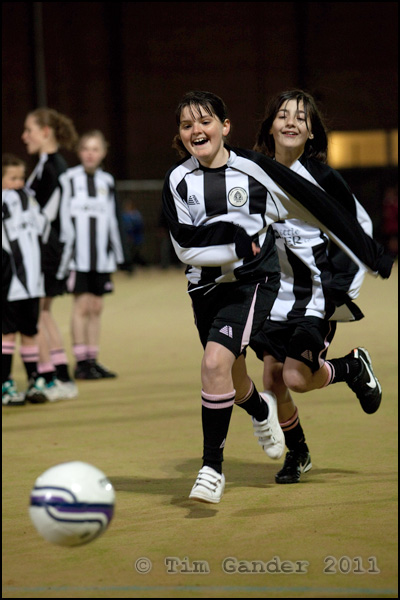It’s hard sometimes to write a post and not be completely ranty, but I’ll give it my best shot this week even though I think I have good cause to vent.
In 2010 Michael Johnston, Johnston Press Scotland divisional MD, was being scrutinised by a committee of Members of the Scottish Parliament about the state of the newspaper industry North of the border.
I quote from Mr Johnston’s submission to the MSPs, “We possibly did not invest enough in journalism. Looking at the here and now, and moving forward, I want to ensure that the businesses that I am responsible for are sustainable and can continue to function in a viable way.
“Journalism is fundamental to what we do. I recognise journalism as being not only a significant cost but a significant attribute of our business.”
So what are Johnston Press playing at now? It emerged yesterday (Monday, 27th Jan 2014, via HoldTheFrontPage) that JP are to axe all the staff photographers from their Midlands division in favour of reader-generated content. It’s quite hard to see how this tallies with an ethos of investing in journalism. I guarantee that whatever state those Midlands titles are in now, their readerships, sales and advertising revenues will all see an accelerated slide once the papers are populated with submitted images.
The problem Johnston Press have is that after a long programme of acquisition and asset-stripping in the 1990s and early 2000s, they racked up large debts at the same time as fatally damaging the newspapers they bought.
Under-investment in journalism and photography has meant their readership and advertisers have run away to the internet. Had JP and other publishing groups like them already been AT the internet, ready and waiting with quality online content from the get go, they might not be in the terrible position they’re in now. But time and again, JP management have proved themselves to be woefully incompetent. So here we are, yet again hearing about the wholesale redundancies of photographers.
To many people this is just seen as inevitable change. A consequence of the internet, the digital revolution. This is lazy thinking and doesn’t take into account the loss of democracy that comes with quality reporting supported and enhanced by quality imagery. The Midlands group of newspapers affected by these redundancies will be expected to rely on images sent in by readers. In other words, the daily and weekly agendas of newspapers are to be set by whatever free pictures are sent in, not by reporters and photographers digging up stories which really matter to the communities in which they live and work. This harms democracy.
And no, this state of affairs would not have been inevitable had publishers taken a different course early on, but as Mr Johnston admitted, journalism is expensive and twenty years ago, when they were making more money than they knew what to do with, they could have invested rather than push for ever greater profit margins. This might not have pleased shareholders looking for quick returns, but this lack of foresight means that companies like JP are among the “zombie” companies we’ve been hearing about of late. Their debts and years of under-investment leave them prey to the banks who control the finances and make them desperately un-attractive prospects for potential buyers who might have had the means to save them if things hadn’t gone to terminally dire.
Guardian columnist Prof. Roy Greenslade commented that these redundancies are inevitable and just a result of newspaper economics. Well, bless the dotty professor for forgetting to mention that current newspaper economics are a direct result of massive mis-management around 20 years ago. All this might be inevitable now, but it’s as a result of reckless greed, not out of a need to have rubbish newspapers filled with rubbish content. I don’t think anyone truly needs that.
There, I just failed to not rant.
Update: Professor Greenslade follows-up after photographers argue back. He says he’s right, then goes on to prove he barely has a grasp of newspaper economics. It’s quite worrying really.

